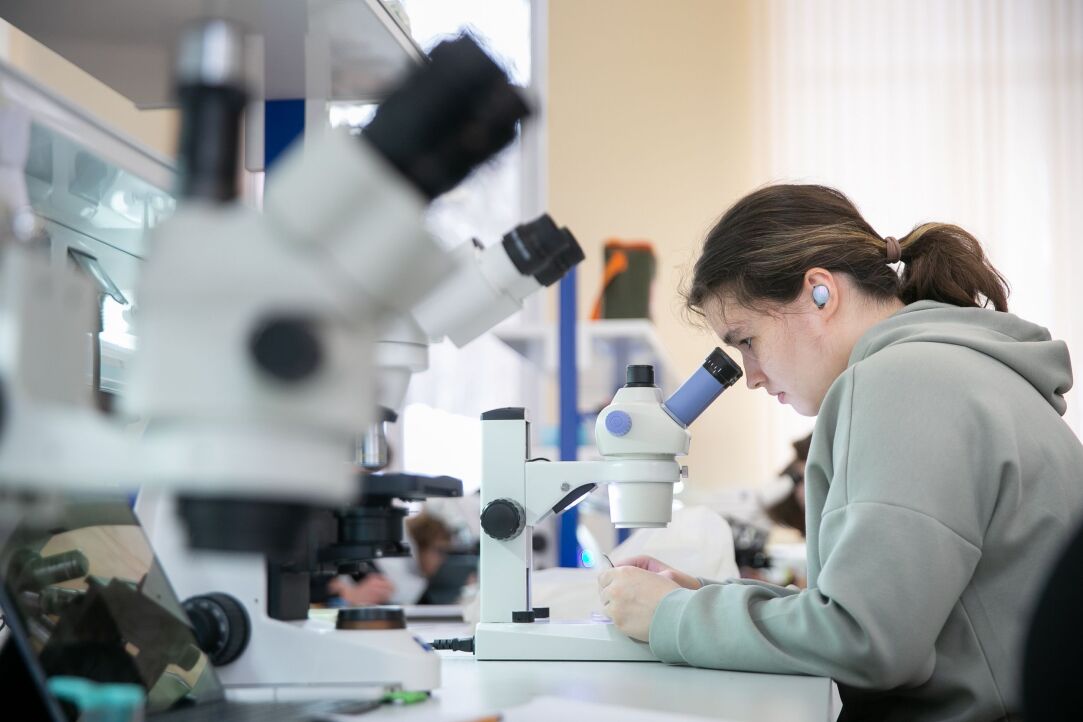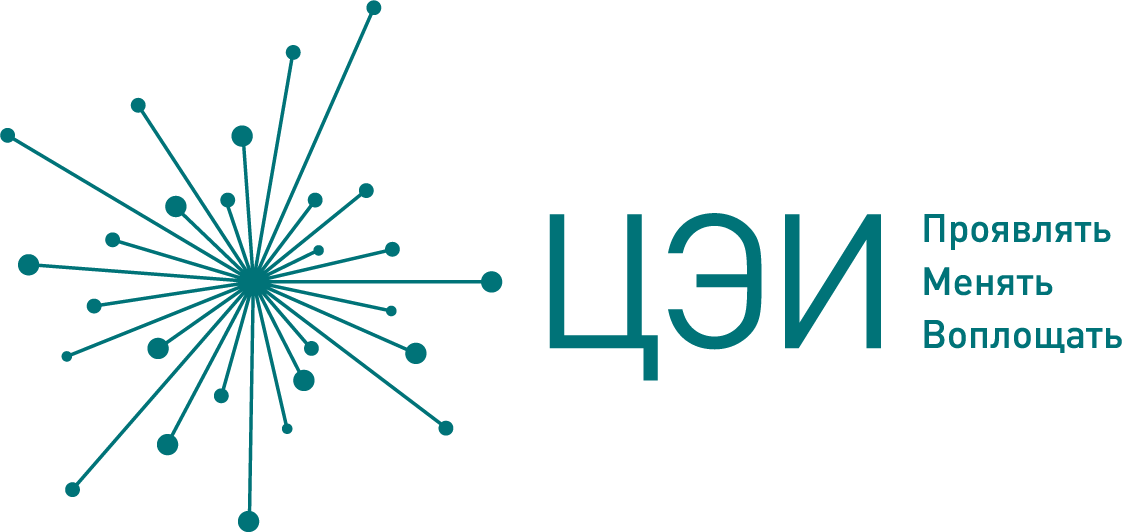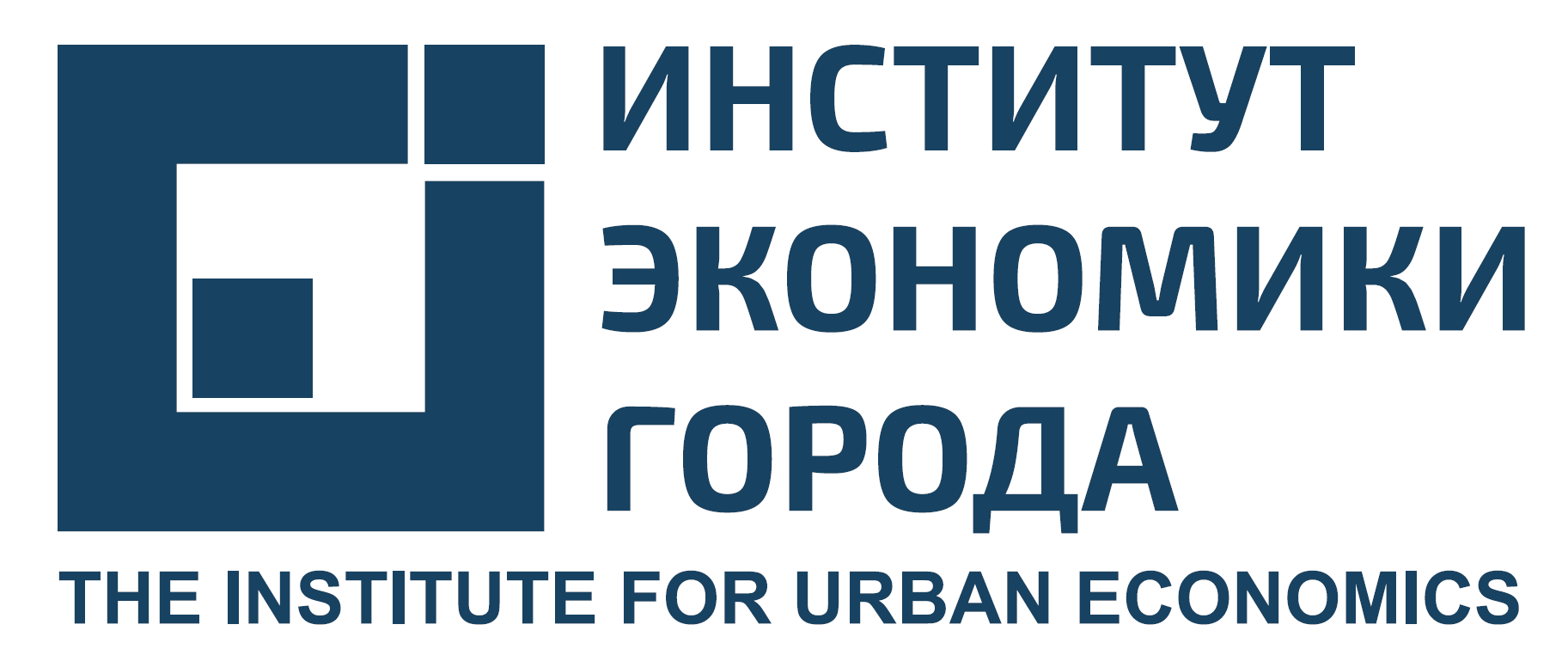We are a faculty about the city and for the city.
The Faculty of Urban and Regional Development integrates a wide range of HSE University competences in the fields of economics, sociology, law, management, etc., related to urban development and management. We view urbanism as a universal reference frame uniting multiple interpretations of the city based on the complex study of the urban lifestyle phenomenon, critical revision of current professional practices, urban planning approaches and decision-making technologies.
Departments
- Vysokovsky Graduate School of Urbanism
- Shukhov Lab
- Institute for Transport Economics and Transport Policy Studies
- Institute of Regional Studies and Urban Planning
- Urban Studies and Practices Journal
- Laboratory of Urban Sociology
- Research Laboratory for Multi-Sensory Experience in Urban Environment
- Culture Research Institute
Education
- Bachelor’s programme in Urban Planning
- Master’s programme in Urban Development and Spatial Planning
- Master’s programme in Prototyping Future Cities
- Master’s programme in Transport Planning
Professional Development Programme
- Re-School
- Geoinformation Methods of Urban Data Analysis
Projects
- Forum of Urban and Regional Development in Perm 2019
- International Conference ‘Urban Renewal Policy: Balancing between Housing Affordability and Urban Sustainability’
- Erasmus+ Project ‘European Housing Policy’
News



Publications
-
Book
The Innovation Competitiveness of BRICS countries
The book is devoted to the assessment of innovation competitiveness of BRICS countries. It covers different aspects of science, technology and innovation in BRICS including status of STI in each country, the intra-BRICS collaboration in the field of STI, prospects of collaboration with BRICS+ countries, as well as a special chapter covering innovation development of BRICS in ICT. The book presents chapters authored by leading experts in STI policy and analysis from BRICS countries. The key questions addressed in the book cover peculiarities of national innovation systems of BRICS countries, their science, technology and innovation policies.
Springer, 2025.
-
Article
Validation of the Russian Version of the Realistic Moral Vignettes for Studies of Moral Judgments
Moral judgments and behavior are shaped by individual experiences and cultural environments. In two online studies, we used a standard set of moral vignettes to examine the generalizability of factor structure of moral judgments originally identified in American samples (Knutson et al., 2010; Kruepke et al., 2018) by testing two independent samples of the Russian population (Study 1, N = 247; Study 2, N = 223). In Study 1, the exploratory factor analysis revealed three components that accounted for most of the variance: norm violation, social affect, and intention. In Study 2, the factor structure of the identified moral components was validated by confirmatory factor analysis. Latent profile analysis revealed five distinct profiles of moral scenarios: Peccadillo, Illegal-Antisocial, Controversial Act, Prosocial, and a novel profile specific to our Russian samples—Social Conflict—as compared to the previous study of the American population. These findings suggest fundamental similarities in moral judgment processes across cultures while also highlighting culture-specific patterns in moral scenario categorization. This study also provides researchers with a battery of the real‐life experience‐derived vignettes that can be used in cross-cultural studies of moral judgment.
Behavior Research Methods. 2025. Vol. 57.
-
Book chapter
Time-Frequency Representations in response to true and fake news: Pilot study
In the age of digital media, fake news poses a growing challenge by spreading misinformation, shaping public opinion, and being hard to distinguish from true news. This pilot EEG study investigated the behavioral and neurophysiological mechanisms underlying the perception of fake and true news. Forty participants read short news headlines—some factually true, others fake—each accompanied by a relevant image, and rated their trust in and willingness to share each item. We hypothesized that true news would elicit higher trust and willingness to share and that these judgements would be influenced by individual cognitive traits, specifically cognitive reflection (CRT) and need for cognition (NFCS). Simultaneously, EEG was recorded, and time– frequency representations (TFR) were analyzed using Morlet wavelets and spatiotemporal cluster-based permutation tests. Results showed that true news was rated as significantly more trustworthy and more shareable than fake news, although these effects varied by news sub-topic and were not significantly moderated by CRT or NFCS. At the neural level, true headlines evoked more pronounced alpha and beta desynchronization, suggesting greater cognitive engagement, while fake news was associated with delayed low-frequency synchronization, potentially reflecting reappraisal or uncertainty.
In bk.: 2025 Seventh International Conference Neurotechnologies and Neurointerfaces (CNN). IEEE, 2025. P. 78-82.
-
Working paper
EXPLORING ASSOCIATIONS BETWEEN PARKING OCCUPANCY RATE AT RESIDENTIAL ESTATES AND SPATIAL CHARACTERISTICS. THE CASE OF YEKATERINBURG
Financial losses due to low demand for parking spaces in garages at residential estates is a key motivation for this research. The purpose of this paper in particular is to statistically explore the relationship between parking occupancy rates and various factors on transport supply, characteristics of location and the building. The occupancy rate of parking was measured as the ratio of actual number of cars to total number of parking spaces. The fieldwork on counting occupied parking spaces was conducted 2 times per day during a week on a sample of 13 locations in different areas of a 1.4-million Yekaterinburg city in Russia. 4700 observed parking spaces give sample size of 173 records. Statistical analysis shows that the crow-fly distance to the city center as well as the number of public transport stops are strongly associated with occupancy rate for parking. Also, occupancy rate is much more affected by the type of parking ownership. Private owning means purchase of a parking space or renting it while public ownership suggests free access. So private parking means a 45% decline in occupancy compared to the public parking regime. Research provides empirical results and some theoretical underpinnings are also highlighted.Urban and Transportation Studies. URB. НИУ ВШЭ, 2020. No. 9.
Partners
Contacts
Study Office: +7 (495) 772-95-90 ext. 12604
PR Office: +7 (495) 772-95-90 ext. 12150
Email: city@hse.ru
VK TG










